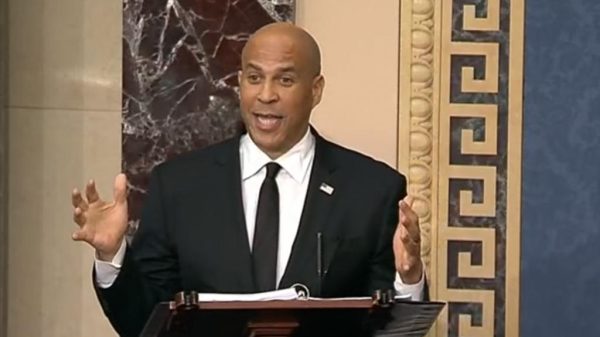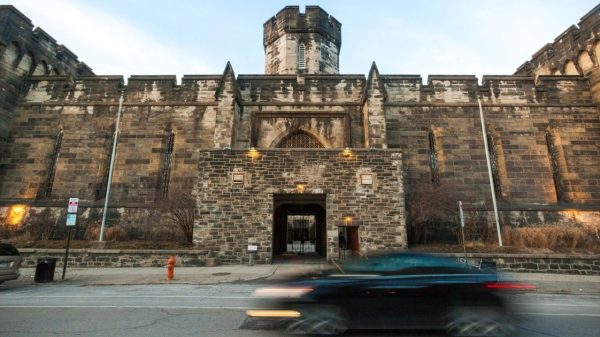Becoming a U.S. citizen is a dream for many green card holders, offering enhanced rights, protections, and opportunities. In 2025, the process remains structured but accessible for those who meet the eligibility criteria. Understanding the waiting period and application process is essential for a smooth transition from permanent resident to U.S. citizen.
If you hold a green card and are considering U.S. citizenship, this guide will walk you through the waiting period, eligibility requirements, and step-by-step application process. We’ll also address common concerns, provide expert insights, and include official resources for further information.
U.S. Citizenship for Green Card Holders: Key Summary
| Topic | Details |
|---|---|
| Minimum Waiting Period | 5 years for most green card holders; 3 years if married to a U.S. citizen |
| Application Fee (2025) | $640 (plus $85 biometric fee) |
| Processing Time | 6-24 months, depending on USCIS workload |
| English & Civics Test | Required, with exceptions for older applicants |
| Dual Citizenship | Allowed in many cases, but depends on home country’s laws |
| Official USCIS Link | USCIS Citizenship Page |

Becoming a U.S. citizen in 2025 is a structured yet attainable process for green card holders who meet the eligibility criteria. By understanding the waiting period, application steps, and potential challenges, you can confidently navigate the journey toward naturalization.
For official information and application resources, visit the USCIS Citizenship Page.
Why Become a U.S. Citizen?
Becoming a U.S. citizen comes with significant benefits:
- Right to Vote: Only U.S. citizens can vote in federal elections, influencing policies and leadership.
- Protection from Deportation: Unlike green card holders, U.S. citizens cannot be deported under most circumstances.
- Expanded Employment Opportunities: Some government and security jobs require U.S. citizenship.
- Family Reunification: Citizens can sponsor more family members for green cards.
- Global Mobility: A U.S. passport offers visa-free travel to many countries.
- Financial Benefits: Citizens qualify for federal benefits unavailable to green card holders.
Who Can Apply for U.S. Citizenship in 2025?
Before applying for naturalization, green card holders must meet several criteria:
1. Residency Requirements
- General Rule: You must have held a green card for at least 5 years before applying.
- Married to a U.S. Citizen? You can apply after 3 years, provided you have lived with your spouse for that time and they have been a U.S. citizen throughout.
- Military Service: Active-duty members may qualify for an expedited process.
2. Physical Presence & Continuous Residence
- You must have been physically present in the U.S. for at least 30 months (2.5 years) out of the last 5 years.
- No trips outside the U.S. should have lasted more than 6 months at a time.
3. Good Moral Character
- USCIS evaluates your moral character over the last 5 years (or 3 years for spouses of U.S. citizens).
- Criminal offenses, tax evasion, fraud, or failure to pay child support can impact eligibility.
- Any false statements on your application can result in denial.
4. English and Civics Knowledge
- Applicants must pass an English test covering reading, writing, and speaking.
- A civics test assesses knowledge of U.S. government, history, and laws.
- Some exemptions apply based on age and time as a permanent resident.
Step-by-Step Guide to Applying for U.S. Citizenship
Step 1: Prepare Your Application (Form N-400)
- Complete Form N-400 (Application for Naturalization), available on the USCIS website.
- Gather supporting documents, including:
- Green card (permanent resident card)
- Marriage certificate (if applying through marriage)
- Proof of physical presence (tax returns, leases, travel records)
- Any required waivers or exemptions
Step 2: Pay the Application Fee
- Standard fee: $640
- Biometric fee: $85 (total: $725)
- Fee waivers may be available for low-income applicants.
Step 3: Attend Biometrics Appointment
- USCIS will schedule a fingerprinting appointment at a local Application Support Center.
- This step ensures background checks are completed before the interview.
Step 4: Prepare for the Citizenship Interview and Test
- The interview includes questions about your background and application.
- The Naturalization Test consists of two parts:
- Civics Test: 10 questions from a list of 100. You must answer at least 6 correctly.
- English Test: Tests reading, writing, and speaking skills (some exemptions apply).
Step 5: Receive a Decision on Your Application
- Approval: If all requirements are met, you will be scheduled for an oath ceremony.
- Denial: If denied, USCIS will provide reasons and possible appeal options.
Step 6: Take the Oath of Allegiance
- The final step in becoming a U.S. citizen is attending the Naturalization Ceremony.
- After taking the Oath of Allegiance, you receive your Certificate of Naturalization.
US Department Of State Has Issued The Visa Bulletin For March 2025: Check New Guidelines!
Want to Work in the US for Years? Check Longest Duration Work Visas for 2025!
Want Citizenship in 5 Countries? New 2025 Program Lets You Secure It in 5 Years!
Common Questions About U.S. Citizenship in 2025
1. Can I apply for U.S. citizenship online?
Yes! The N-400 application can be submitted through the USCIS online portal.
2. What if I fail the citizenship test?
You will have one more chance to retake the failed portion within 60-90 days.
3. Can I apply for citizenship if I have a criminal record?
It depends on the offense. Minor infractions may not disqualify you, but felonies and serious crimes can result in denial.
4. Do I need to renounce my home country’s citizenship?
The U.S. allows dual citizenship, but some countries require renunciation. Check your home country’s laws.
5. What if I travel a lot for work?
Frequent travel is fine as long as you meet the physical presence requirement (at least 30 months in the U.S. in the last 5 years).
6. How long does it take to become a U.S. citizen?
The entire process can take between 6 to 24 months, depending on USCIS workload and case complexity.








































